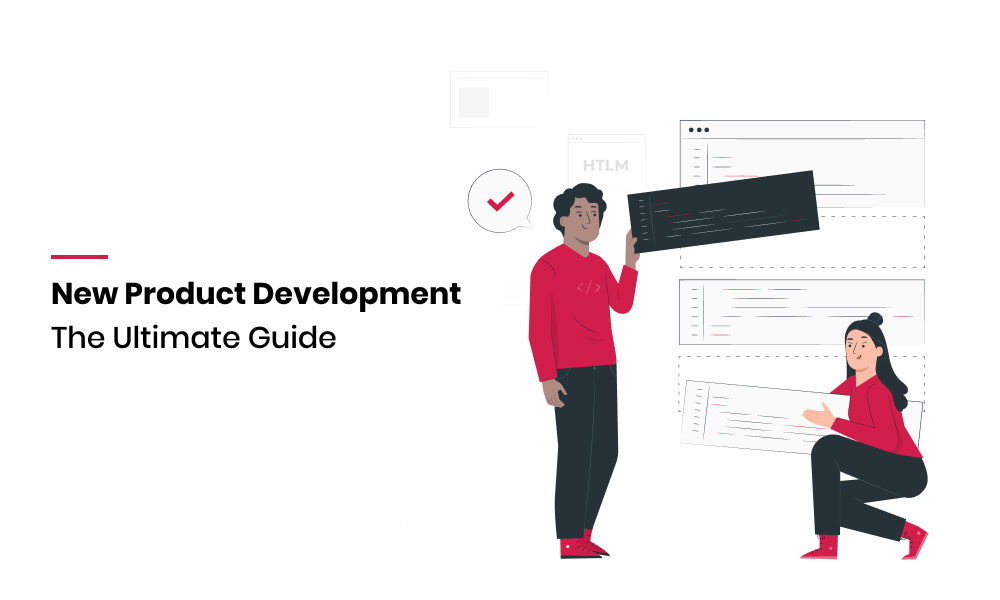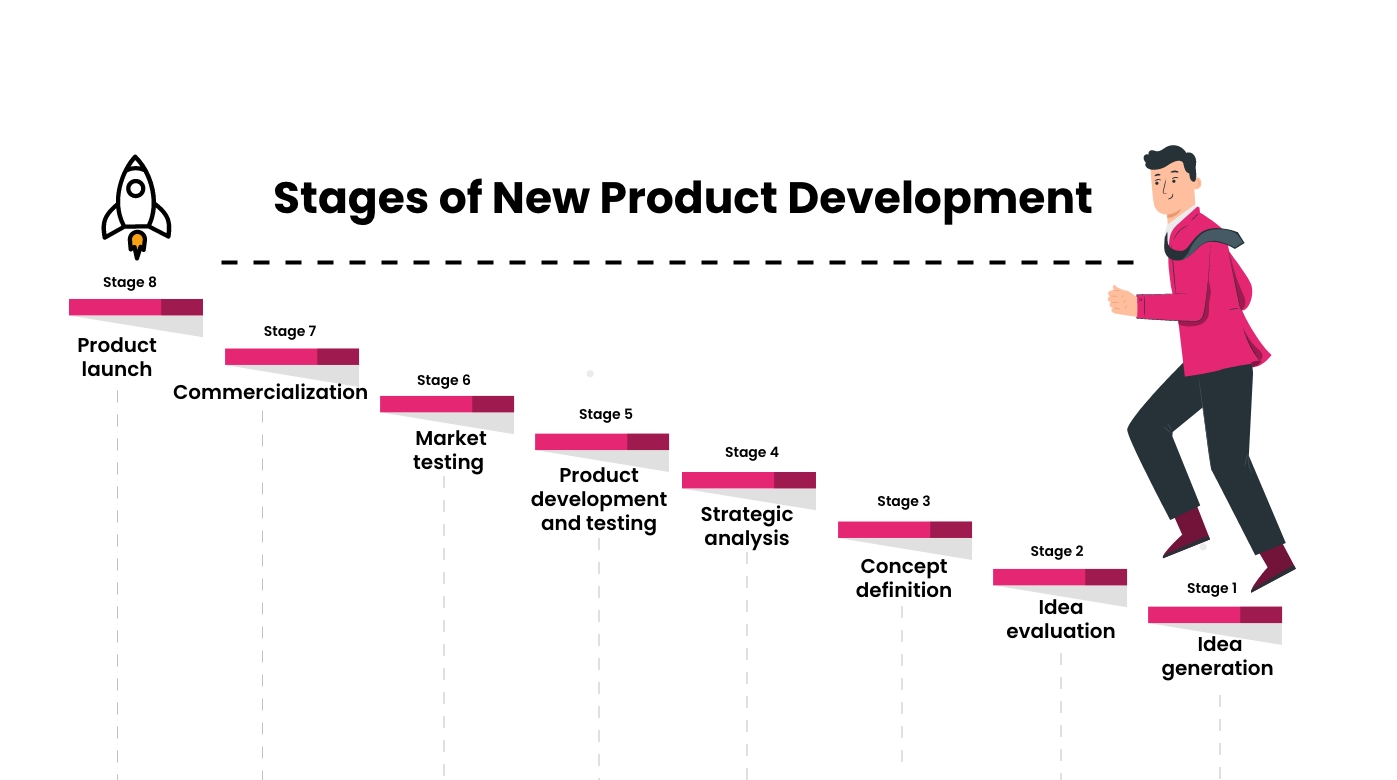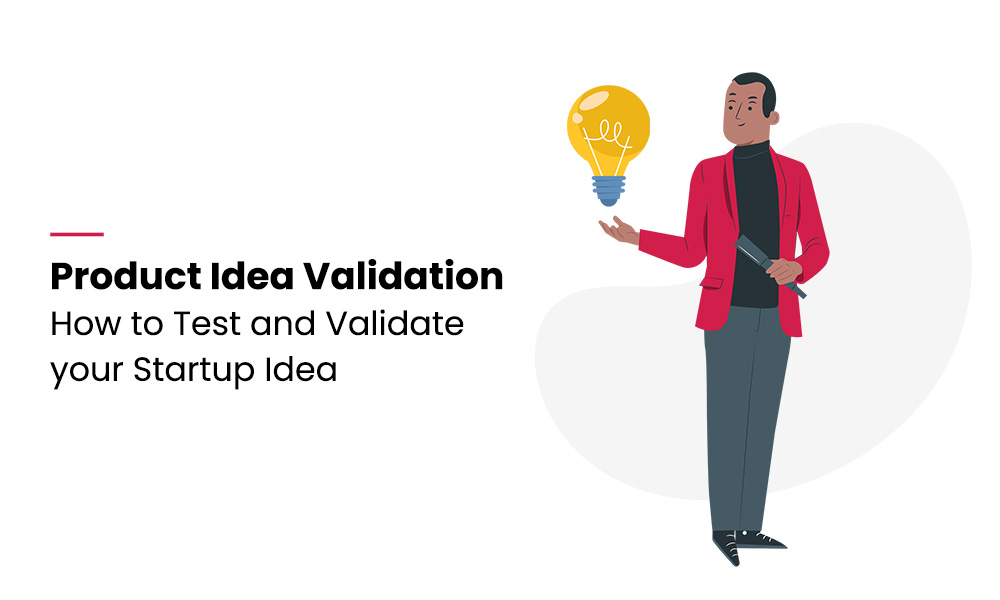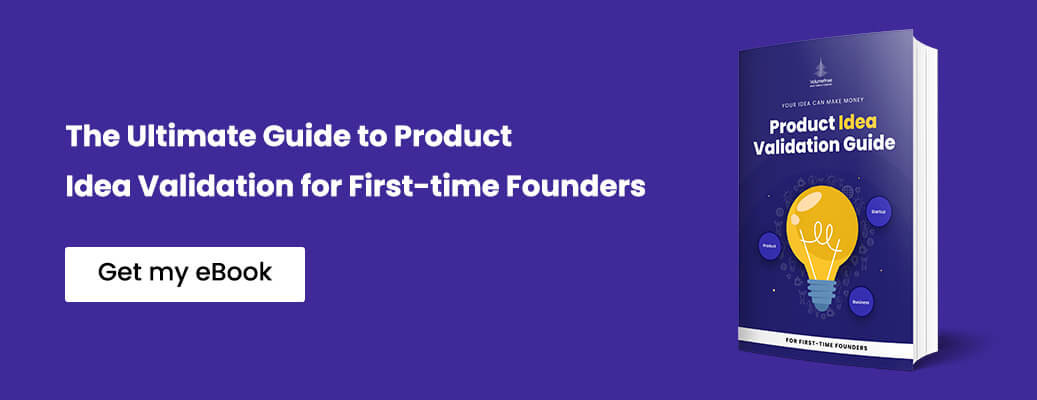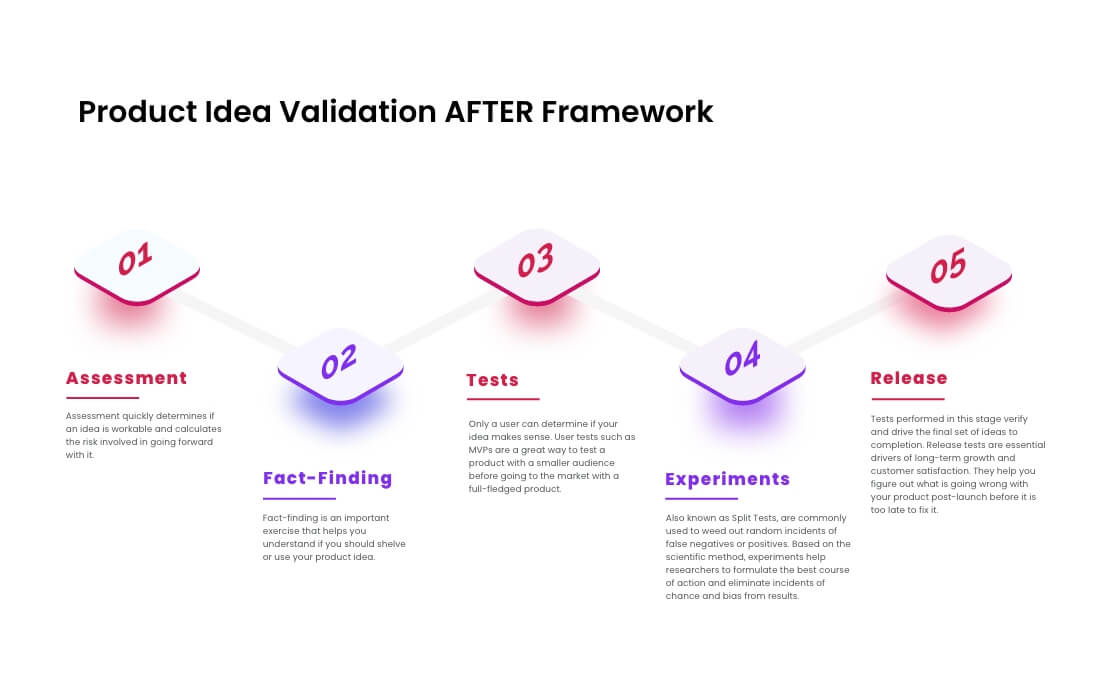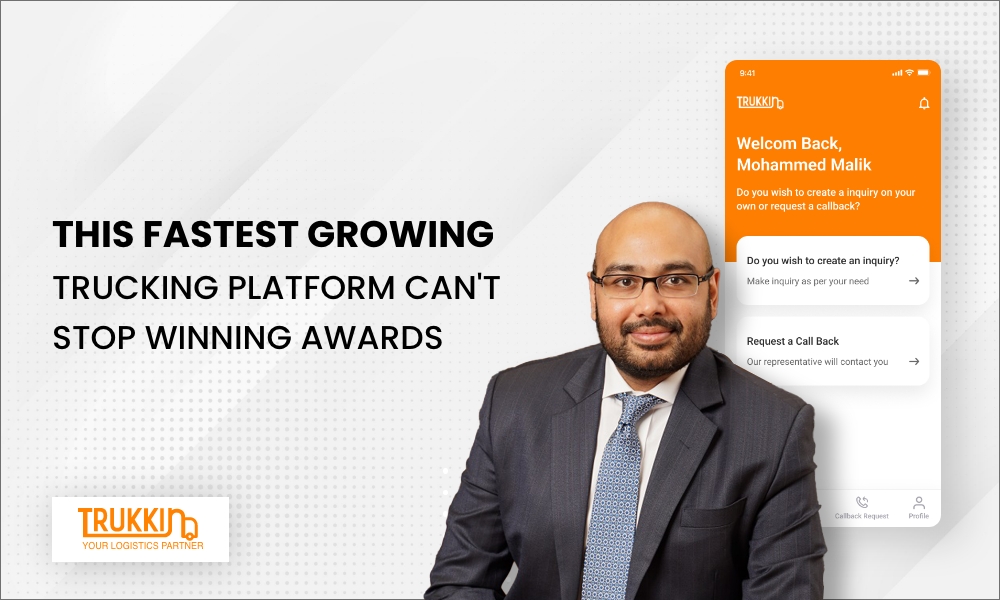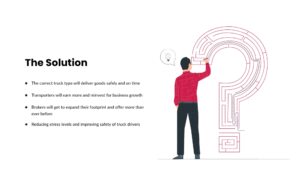Building Tech that Drives
Value and Impact for
Millions Globally
We are long-term tech & strategy partners to innovative companies who build & scale digital products.
-
100+
Projects Shipped
-
70+
Team Size
-
17+
Industries






What We Do
The process of turning your idea into a profitable product is cumbersome.
We make this process easy and worth your time and money by building creative,
scalable and sustainable digital products.

Problem Solvers
Got a problem on your hands?
We can help you resolve it
We are curious, creative problem solvers who build disruptive, scalable and impactful solutions. We at Volumetree engage you to your outsourced team in a highly personalized manner. We believe in enabling real life problem solutions through tech.
We Empower Entrepreneurs
There is an entrepreneur inside every one of us. Some of us decide to go with the flow and augment a
family business, while there are others who turn the other way and start something new. So we will let you
do the talking so that we can find the best solution for your problem.
Serving Your Industry
Our plug-and-play model enables you to jump start your journey into the tech world. Depending on the industry,
check-out our ready-made and highly customizable solutions to see if you'd want to start-off with them.

Health & Wellness

Education

SaaS

Social Impact

Logistics & Transportation

eCommerce
Customer Ordering Apps
Placing Bookings, Pricing, Payments, Notifications, promo-code
Service Provider Apps
Receiving Requests, Task Fulfillment, Real-Time Navigation, Booking Forms, Proof of Deliveries
Admin Panels
Catalogue management, User management, Automatic assignment, Map-based team/Task visibility, Rating/Reviews and much more.

Our Customers
Our Work
Testimonials

EduPloyment
Mazen M. Omair
Mazen M. Omair says, “By choosing Volumetree as my technology partner was the best decision. They add value to my purpose and make my vision live in the proper way as per need. Great team, they have with a clear heart and proper transparency in their work.”


DEAM
Dennis Goldman
Volumetree was able to interpret our needs from the original coding we shared with them and produce a totally flexible solution. The team that was assigned was very professional, we would like to continue with Volumetree as we are very satisfied with their technical expertise and the product they have produced.


Lionheart
Chris Issacs
Volumetree helped us to design a Website and working with them was a very positive experience. We would recommend them!


Elby Bike
Al Sasnowski
Volumetree’s dedicated team is good in managing the app launch and delivery process. We recognize some synergies between our companies and would like to explore options for working together in the future.


Batho Pele Group
Duane webber
Volumetree has an extremely helpful, knowledgeable and professional team. Great company with a dedicated team, and visionary leadership qualities. Foresee great things from this company in the future.


Online custom blinds
Ben Nuliah
I loved the passion, the motivation, and I love the energy that I see flowing at Volumetree. I’m already brainstorming on the next project. thank you team and everyone behind the scenes that made our dream a reality.


FIXTHEPHOTO.COM
Kate Gross
I love their agility and ability to turn a person’s idea into a useful product. They are a perfect solution for founders and entrepreneurs who want to build digital products that serve their customers well. Read More

Get smarter in 5 mins!
-
New Product Development- An Ultimate Guide for Developing a New Product
Read MoreAn entrepreneur’s take on the nuances and stages of new product development that will help you transform your ideas into successful products. Developing a new product can be challenging, but with the right approach, it can be a successful endeavor. There are certain stages and nuances that entrepreneurs need to be aware of during this process. By taking these into account, you can bring your product idea to life. In this blog, you will gain valuable insights about New Product Development including the stages of developing a new product, its benefits, best practices, and how you can successfully bring a new product to the market.
What is New Product Development?
New product development is the process of transforming an innovative new idea into a product that solves the underserved needs (or problems) of its target audience. Let's understand this with the help of an example. I was remodeling our office in 2020 and I was sick of those rolled-up sheets sent by our architect which needed four objects to hold them in place. I also needed to brainstorm with my co-CEO about the design and found that it would take twice as long to do everything as it would on a digital platform. Looking for a tech solution for this problem led me to the Hachi Infinite M1 Projector–a tool that every designer and architect must have! It is a portable projector that transforms my table into a huge touchscreen! It took me 15 minutes to brainstorm, annotate and send the design back to the architect instead of the usual five hours! This innovative tech product helped me to save time, and energy and focus on the design bit instead of figuring out how to give my input to the architect without taking photos or having to visit him.What is Product Development?
Product development relies on a validated PoC or a Proof of Concept and essentially creates a finalized version of the PoC. This product has already gone through the ideation and validation phase, and in the case of software, relies on standardized development processes to create a final product.How is Product Development Different from New Product Development?
NPD is an activity where the feasibility of an idea has not established its potential adoption by customers. New Product Development or NPD is a set of iterative activities that create an innovative, new product:- Ideation of a new product from the ground up
- Designing every aspect of this new product
- Validating it with key stakeholders and the target group
- Development of the MVP (or final product)
- Marketing the product
- Launching the product
- Planning
- Designing
- Testing
- Development
- Deployment
- Maintenance
Why do Companies Require New Product Development?
There are two ways to launch a product in the market—the first is to find an existing product, figure out the pain points of its users and release a product that fixes them. The other is to use a radical new approach that meets the underserved needs of your potential customers—just like AirPods during a marathon. New Product Development helps entrepreneurs to create innovative solutions for a problem. This helps bring an original product idea to the market and encourages innovation in their industry vertical.Creating an Effective New Product Development Strategy
Most first-time entrepreneurs end up wasting time, money, and resources on ideas that might not make business sense or might not be what their customers need. Using an effective new product development strategy will help you to:- Launch a well-designed and well-engineered product that meets your customers' needs
- Price your product effectively and competitively
- Reduce your development costs and use resources efficiently
- Reduce the risk involved in new product development
Various Stages of New Product Development
-
Idea Generation
-
Idea Evaluation
-
Concept Definition
-
Strategic Analysis
-
Product Development and Testing
-
Market Testing
-
Commercialization
-
Product Launch
Benefits of New Product Development
New Product Development offers several benefits to entrepreneurs. Here are the top 5 reasons why you must choose the New Product Development process to create a new product or improve your existing product:-
Improved chances of success
-
Faster time to market
-
Quickly validate the technical feasibility of the idea
-
Better meet the needs of your target audience
-
Reduces technical debt
Best Practices that you must follow during New Product Development
A business that relies on best practices for NPD will ensure that it delivers highly successful products into the market. Here's what you can do to ensure that you create a much-loved new product:- Have a long-term product vision
- Do not begin development without an NPD process and effective validation frameworks in place.
- Get a cross-functional team in during the ideation process. Their inputs might help you build a better product.
- Support New Product Development with its required funding
- Have enough resources to complete product development in time
- Set realistic product development and launch timelines. No one likes a half-baked product or one that takes too long to get to the market.
Examples of Effective New Product Development
Apple
Apple is the poster boy of New Product Development. It develops its groundbreaking products using the Apple New Product Process—where teams answer the What, Who, Why, How, and When of the product in excruciating detail. It continuously tests and reviews its products even after moving to manufacture them to ensure that its customers get nothing but the best.Google
Google's innovative products have revolutionized internet search, email, mobility, data, and analytics using a Design Sprint approach that helps them build iteratively better products. This approach uses a five-stage development process led by a sprint master. These stages include:- Understand—teams brainstorm to gather insights that best define a problem the target audience faces.
- Sketch—each team member sketches their solution to the problem and then shares it with the team.
- Decide—teams vote for the best ideas using a decision matrix or risk/value proposition approach.
- Prototype—dev teams build prototypes of the proposed solutions to get real-time feedback and rapidly get insights about the proposed product and its viability.
- Validate—Teams showcase the product to end-users who use the product extensively. The teams use metrics to validate the product and further fine-tune the product development approach.
Final Thoughts
Without thinkers, inventors, and entrepreneurs, the world would be a dull and dreary place. These individuals transform groundbreaking ideas into products we love (or hate). New Product Development helps a business gain a significant competitive advantage and can help it monopolize the market. However, a world-class product development team is essential to ensure that you can do all this and more! At Volumetree, we understand the importance of innovation and being at the right place at the right time with the right product. Our engineering teams have spent years helping entrepreneurs ideate, validate and launch innovative, world-class products used by millions of individuals every day. Got an idea that can change the world? Let us know. We can help. -
New Founder's Guide to Testing and Validating Digital Product Ideas
Read MoreIf you are a budding entrepreneur, product owner, or project manager, your mind will be abuzz with product ideas that could change the world. Your startup idea might be the next Groupon, Uber, or Airbnb—but how do you know if your idea will find paying customers? That’s where idea validation comes in. If you’re planning to build a new product idea, this blog will help you learn about idea validation, common misconceptions about idea validation, and how you can validate an app idea using the AFTER Framework with an easy-to-understand example. Let’s begin by understanding the reason why 90% of startups fail within the first year.
Why Do So Many Startups Fail to Make it Beyond their First Year?
Many startups go through iterative success-failure cycles. Before becoming unicorns, companies such as Uber, Airbnb, Groupon, and many others went through these cycles. These companies used learnings from their initial failures as a ladder to success. Using an idea validation strategy can help you reduce the chances of failure. Here are some common reasons why startups fail and approaches that can help to reduce incidents of failure:1. They do not understand the problem at hand
Create a better definition of the problem your product will solve. A clear definition will help you avoid confusion while you’re building your product.2. They do not understand the needs of their customers
Get into the customer's shoes. If your problem statement is not in the top three headaches of your target user group, you know it's time to pivot. For example, if you’ve created a community management platform for product companies and are trying to pitch it to various CEOs, you won’t get far if their top 3 priorities don’t include improving their community management. You must understand that no matter how unique your product is, you will not find takers if there is no pressing need for it.3. Impulsive product development
Follow a structured approach to product development. Such processes help you find a pressing need of your customers, create customer personas that consider this need a must-have, and create a product that focuses on this need. Using a structured idea validation and product development approach such as Lean Product Validation, Design Thinking, Design Sprints, or the AFTER framework will ensure that you create an outstanding product that your customers need—and love! Now that you understand the reason why most startups fail, let’s move on to know more about idea validation.What is Idea Validation?
Ideas are the most abundant resource available today. Many of us have great (or shoddy) ideas at all times, and we expect that at least some of these ideas transform into working products. But how do you get there? Idea validation is an experimentative method to make informed, low-risk product development decisions. The purpose of idea validation is to pitch the idea of your product to the real world before you build it. Idea validation answers the following questions:- Is the product solving a real problem?
- Does the problem need to be solved?
- Can the problem be solved?
- How can it be solved?
Common Misconceptions About Idea Validation
Many aspiring product founders often confuse idea validation with experimentation. Idea validation isn’t always a formal technique, at its core, it’s about finding enough requirements for what you’re trying to build.1. Idea validation is not consistent with experimentation
Although experimentation is a scientific foundation for finding answers, many entrepreneurs end up spending too much time running experiments instead of exploring other options.2. Idea validation is not a recipe for success
You can create a better product using idea validation, however, you cannot predict if customers will love and adopt your product in the long run. You can, however, minimize the risk involved by not creating an unwanted product.3. Idea validation cannot provide better ideas
It can help save time and money by not investing in ideas that are not feasible. It is important to accept that your idea will not work out once you validate and reject it.What Parts of an Idea Need to be Validated?
When you properly validate your business idea, you reduce the risk your business is exposed to—helping you maintain liquidity and stay afloat until you can create a viable product. New product founders must know what needs to be validated to ensure that they can encompass all the areas of risk their product faces. These risk areas include:- Need—testing this risk area determines your product value and figures out if there is a real need and a demand for it.
- Adoption—you must know if users will embrace your product and start using it extensively.
- Feasibility—it is essential to know if you can build the product when there is actual demand for it, at a price that makes sense for its users.
- Business sense—your idea must be viable and should not put your business at risk.
Popular Frameworks Used for Testing and Validating Ideas
The best way to validate an idea is to use an established idea validation framework that helps you to quickly see if your idea makes sense in the real world. Let’s take a look at some of them:Lean Startup
Popularised by Eric Reis, this framework emphasizes validated learning and prioritization from the beginning while ensuring that your customers get a taste of the product and provide valuable feedback that steers its development. Lean Startup follows the Build-Measure-Learn loop that helps to build incrementally better products faster.Customer Development
Developed by Steve Blank, the Customer Development framework relies on an evidence-driven approach to assess current market needs and develop multiple potential solutions according to them. You can then validate the assumptions in your hypothesis to understand its scalability and reliability and create an MVP to transform the hypothesis into a solution.Design Thinking
Design thinking is a non-linear idea validation framework that seeks to understand the potential user better. It relies on developing empathy with the target user and defining the problems that they face. The approach then questions the assumptions and ideates solutions to solve the problem. You can use this solution to create a prototype for testing and validation.Design Sprints
Google's Design Sprints is a five-day process that answers critical questions through design, prototyping, idea testing, and iterative learning. Design sprints speed up the idea validation process by eliminating the concepts that are not useful and focusing on the ones deemed "workable". This helps teams to fast-forward the learning process without building a Minimum Viable Product.AFTER Framework
AFTER is an acronym created using research activities conducted in this framework. The AFTER framework brainchild of Itamar Gilad uses the scientific method to filter feasible ideas that make business sense. The framework uses an evidence-based research methodology to determine if an idea deserves investment (of time and money).How to Transform your Ideas into a Product using Idea Validation
The best way to explain idea validation is through an example. Let’s walk through the idea validation process of one of our products Limeberry (a smart platform we created for home service business owners to manage all aspects of their business) using one of the mentioned frameworks as an example. It all started when I saw a friend visibly frustrated with his home services business. His customer couldn’t track the service man’s location to help him find their address. And this was one of the many problems I ended up hearing after I asked him a question. I asked, "What do you think is missing in this app?" My question led to an hour-long discussion—which I recorded to form the basis of my idea. I wanted to understand the essentials of building a frustration-free home services platform that helped individuals like my friend stay focused at work while a more reliable platform took care of managing servicemen assigned to customers. We had a visible problem at hand, now we needed a solution for it. That’s when we started looking into idea validation, and any frameworks that might help us.Product Idea Validation of Limeberry
Here's how we will use the AFTER framework to validate Limeberry as a sample idea and create a better home services platform:1. Assessment
Assessment quickly determines if an idea is workable and calculates the risk involved in going forward with it. Let's assume we have a list of multiple home service platform ideas and we have to find the most viable one.- We will start with a business modelling exercise that will help us figure out if the idea is workable. Using a business model canvas, we can validate the viability of this business through a simple revenue/cost projection.
- Once we will be sure that our business model is workable, we apply an assumption mapping technique to analyze the overall risk in the project and how we can mitigate that risk. Our assumption mapping exercise will focus on answers of high importance and high uncertainty and gave us a deeper understanding of the following:
- Does our platform add sufficient value to the competition?
- Does it offer an excellent price-to-cost ratio for the end-users and partners?
- Is the potential product interface acceptable for everyone?
- Stakeholder Reviews are critical because they can prevent good ideas from being shelved. We will run our idea through three teams:
- Product management – To ensure that we can build the platform without hitches
- Higher management (CXOs) –to ensure sufficient time and resource funding for the platform throughout its development lifecycle
- Legal—to mitigate any legal risks involved in marketing and branding the platform, along with any privacy and security concerns
2. Fact-Finding
Fact-finding is an important exercise that helps you understand if you should shelve or use your product idea. It also determines if users commonly request the feature you’re building, if it serves a business need or if it benefits many users. We focused our fact-finding resources on the following exercises:End-user interviews
A reliable method to understand user behavior and perform qualitative research. We will interview the defined user base extensively to determine if we were heading in the right direction. Note: End-user interviews only make sense with a large cohort. If your user base is small, end-user interviews might send you in the wrong direction. We had a list of 100 users who actively used home services platforms in our case. This exercise will help us see patterns of likes, dislikes, and "I need this" emerge from our interviews.Competitor analysis
It is essential to know your competition before you begin. We will analyze a dozen home services platforms such as ANGI, AskforTask, Cleanly, Hello Alfred, Helpling, and many others to identify their strengths and weaknesses. When we had enough evidence to understand that our idea made sense at this stage. We will now start building a prototype or an MVP that leads to the development and launch of the final product to a larger audience.3. Tests
Only a user can determine if your idea makes sense. User tests such as MVPs are a great way to test a product with a smaller audience before going to the market with a full-fledged product. Here are some statements we will use as our main story items while developing the MVP: I need a home services app where I can track, contact, and change the professional assigned to do my work The platform must be white-labeled to match my business identity I must be able to administer and configure the platform from a unified interface I need the freedom to work when I want and to accept/reject bookings These statements will come from end-user interviews, pain point analysis, and competitive analysis that we ran during the fact-finding process. Here are some common tests that can help you validate your idea better:MVPs
In the words of Eric Ries, "An MVP is that version of the product that enables a full turn of the Build-Measure-Learn loop with a minimum amount of effort and the least amount of development time." We will build an MVP of the home services customer app and will showcase it to our immediate user base.Smoke tests
We will undertake a Fake Door or smoke test approach for the rest of the components of the home services platform to ensure that components such as the Admin Panel, Provider App, and Partner Panel. The target group that we will shortlist helps us test these features, boosting our confidence in the MVP and the final product.Early Adopter Programs and opt-ins
Our team will put together a basic working model of all the components included in our home services platform. We showcase them to local home service providers willing to test them for us. They become our initial early adopters and are now our current user base, growing every day. Tests can help teams or organizations to build, measure, learn and pivot development efforts based on valid data, and honest user feedback, and are one of the best ways to validate an idea. Creating a home services platform MVP plays an important role during the creation of the final product. We will also add features to it iteratively until we were satisfied that we've created a release-worthy product.4. Experiments
Experiments—also known as Split Tests, are commonly used to weed out random incidents of false negatives or positives. Based on the scientific method, experiments help researchers to formulate the best course of action and eliminate incidents of chance and bias from results. This will help us immensely during our design and feature inclusion iterations.A/B tests
A/B tests are a great way to pit one version of a product against the other. Our early adopters will help us finalize the admin, provider, and partner UI using A/B tests.Multivariate tests
Multivariate tests determine which combination of variations performs the best from all available combinations. We will use multivariate tests to finalize the UI and UX of the admin panel and the overall platform. Testing helps us create a high-quality app that our early adopters and beta testers will love. Testing and experimentation are integral to idea validation and can help you figure out the right way forward.5. Release
The moment of truth. Tests performed in this stage verify and drive the final set of ideas to completion. We will now conduct further tests that will help us to gather post-launch analytics and insights to create a better future iteration of our home services platform.Percent experiments
We will roll out the app to users in phases—essentially as a big A/B test to ensure that we could gather real-world feedback and fix any late-breaking issues.Post-launch data analysis
Our app's built-in metrics will help us understand that our partners had an additional need—online new member approvals. We will add this feature in an upcoming release of the platform. Additionally, we will analyze the data generated by the app to monitor long-term usage and gather customer feedback to ensure that we were on the right path. Release tests are essential drivers of long-term growth and customer satisfaction. They help you figure out what is going wrong with your product post-launch before it is too late to fix it. Additionally, we will conduct multiple post-launch user satisfaction surveys to determine if our customers appreciated our development efforts and stuck with the platform in the long run. We will use the results of the surveys in our review meetings to steer product development in the right direction.Final thoughts
Idea validation will help you steer your product’s development in the right direction through valuable, first-hand customer feedback. Using a practical idea validation framework such as Lean Startup, Design Thinking, or AFTER can help you weed out irrelevant ideas and figure out if the filtered idea is worth pursuing. At Volumetree, we help first-time and seasoned entrepreneurs validate and build their ideas. Our teams have the industry experience, strategic insights, and the tech capability to turn your ideas into profitable products. Do you have a disruptive idea in mind? Let’s build it together. -
UAE’s Leading Techno–Logistics Wonder Bags Another Award for Logistics Innovation
Read MoreDubai, 27 March 2022 Operating in 10+ countries and with a huge network of 15,000+ drivers, Dubai-based techno-logistics platform Trukkin wins Transport and Logistics Middle East's "Most Innovative Truck Aggregation Solutions Provider Award." The award recognizes innovative logistics startups that maintained supply chain operations throughout the pandemic and beyond.
TLME Innovation Awards–Encouraging Innovation and Entrepreneurship
Maintaining an efficient supply chain is essential for a country's economic growth. An innovative and efficient supply chain helps keep goods moving, provides vital equipment, and delivers essentials such as vaccines and medication all over the world in today's scenario. The TLME Innovation Award, reviews, recognizes and celebrates the best and most innovative operations in each logistics and supply chain sector.A Significant Award in Logistics
The COVID-19 pandemic brought the world to a grinding halt—but logistics and supply chain operations continued in the face of diversity to ensure that they deliver essentials worldwide. The pandemic forced the logistics and supply chain industry to embrace technology rapidly and brought disruptive innovations that transformed the way this industry works. The award recognizes disruptive innovators and logistics startups, and encourages others to rise, innovate and create safer, greener and more efficient supply chains.Meet the CEO of Trukkin
Janardan Dalmia, popularly known as JD, has always had a penchant for solving complex problems with innovative solutions. An investment banker who has spent more than a decade in both developed and emerging markets, JD facilitated over $75 billion in M&A and financing assignments for clients globally. In Dubai, JD realized that the transportation industry in the Middle East was still waiting for their Industry 4.0 moment, when a technology-driven logistics startup would step in to revolutionize the way transporters and shippers do business. Bit by the entrepreneurial bug in 2017, JD founded Trukkin—a technology-driven enablement platform that is revolutionizing the fragmented transportation industry in the Middle East and Pakistan.Trukkin’s Vision as an Enabler in the Transportation Industry
The transportation industry needs efficiency, reliability and transparency. Trukkin aims to do just that. Trukkin will empower everyone involved in the logistics and transportation ecosystem by bringing them under one unified platform. Truck drivers, brokers, shippers and fleet owners can take advantage of Trukkin's revolutionary, purpose-built platform that will reduce costs, incidents of theft and improve their bottom line. Trukkin will help truck drivers get paid in time, shippers get real-time updates, brokers get more business and fleet owners to reduce their running costs, benefiting everyone in the process.The Problem Faced by Logistics and Transportation Services Worldwide
The logistics industry worldwide is mainly fragmented and run by small and mid-sized operators. Due to this, they often have problems trying to increase business, improve their bottom line or scale up.- Finding the right truck type for specialized cargo
- Antiquated methods cause cost overruns
- Unfair practices due to low wages
- Unable to meet demand due to limited fleet size
Trukkin–A Solution to this Problem
Trukkin leverages the power of AI and IoT to create a seamless, integrated, world-class platform that brings drivers, transporters, shippers and brokers together.- The correct truck type will deliver goods safely and on time
- Transporters will earn more and reinvest for business growth
- Brokers will get to expand their footprint and offer more than ever before
- Reducing stress levels and improving safety of truck drivers
Trukkin - From a Logistics Startup to a Successful Organization
Since its inception as a tech startup in 2017, Trukkin has grown consistently to become one of the leading logistics platforms in the MENAP region. With over 650+ transporters, 15,000+ drivers and 75,000+ shipments moved to date, Trukkin has seen unprecedented growth of over 300% since 2020. Trukkin bagged the prestigious Road Transporter of the Year 2019, Best Brands 2021 UAE Edition and several other accolades. They expanded to Pakistan during the pandemic, enhancing their reach to 12 countries in the region and attracting investor attention. This resulted in Trukkin raising $7M in Series A funding led by Emkan Capital in 2021. Their continued commitment to technology for the betterment of the logistics industry has helped them enhance their reach, enable faster delivery and create a transparent and reliable platform for shippers, truckers, transporters and brokers.Build an Innovative Logistics Platform with Volumetree
At Volumetree, we believe in leveraging technology to help organizations worldwide scale and offer better solutions to their customers and stakeholders. With the right technologies, direction, expertise and industry experience, Volumetree can help your organization reinvent itself. Our product experts, designers, developers, test engineers and project managers will build the best solution for your needs. Whether you want to build a simple mobile app or a complex N-tiered enterprise platform such as Trukkin, our engineering teams are ready to help you make the right decision. Have a logistics project in mind? Let’s build it together.





















